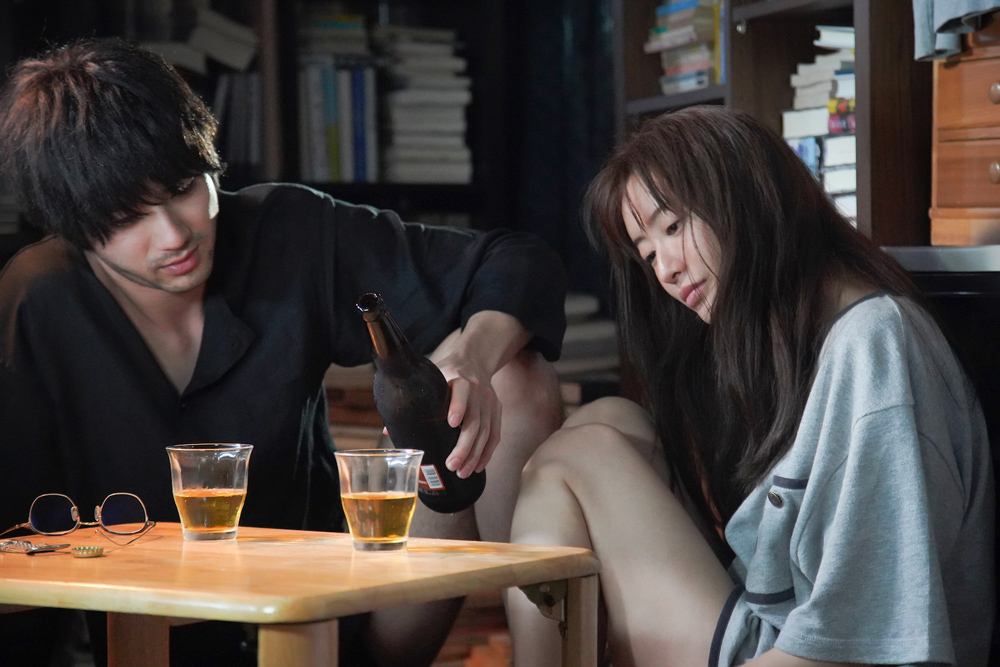!["The Birds Sing at Night" Director Hideo Shirosada I have no choice but to do what I can [Director's Interview Vol.268]](https://cinemore.jp/images/e65c8f166973a45ea89fc137ddf7d2b5db44d50b5e1f4517bc75cf66f4d36a77.jpg)
"The Birds Sing at Night" Director Hideo Shirosada I have no choice but to do what I can [Director's Interview Vol.268]
A play where it would be a shame to cut the cuts.
Q: Yuki Yamada usually has a smart image, but this time he seemed very lazy.
Josada: There was definitely a point where I was wondering how to break it down. However, I think Mr. Yamada's sharp image was able to be utilized in the violent nature of the role of Shinichi. I think I was able to see a lot of things, including images that I hadn't really seen of him before.
Q: Mr. Yamada has quite a few scenes in which he explodes with emotion. What did you say during the production?
Josada: Basically, I ask them to show me what they have prepared for the role. If there is any confusion or difference in interpretation, discuss it. Also, this time, at Marika Matsumoto's request, we did a lot of testing before the actual performance. This test is usually called ``setup,'' and is done by going through the scene before shooting, but if anything, it is more important to test the movement of the camera and lighting. But this time, I tried to explore various directions for the play. As a result, we decided that it would be better not to make too many cuts, and the ``atmosphere'' of this movie gradually began to develop.

“The Birds sing at night” © 2022 Clockworks
Q: I did get the impression that there were a lot of long takes.
Josada: I wasn't conscious of long takes, but as I continued testing, I started to think that the acting was so good that it would be a waste to cut into it.
Q: The photographer was Masaki Watanabe, who was also in charge of “ Ai nanoni ” (21). It was quite an aggressive camera work as it moved around the small room. Did you receive any requests from the director?
Josada: Basically, I give the instructions, but it's up to the cameraman and the lighting to decide how to translate them into images. For example, while conveying an image like ``in one shot from through a window,'' I create the image while consulting with the actors about the movement. I try to create pictures that prioritize the play as much as possible, but if there are movements that are unavoidably difficult, I ask the actors to cooperate.
Q: In the scene where two people drink alcohol in a prefab, the camera moves very close. Although it was a small space, I felt a strange sense of depth.
Josada: The inside of the prefab is so small that there's not much you can do to take pictures, so the photographer's sense comes out the most. I tried to use camera work that didn't interfere with the play as much as possible.
Q: The scene with the supermarket manager was dynamic. I also took a series of photos there.
Josada: In that scene, I wanted to show a series of violent scenes. We have been preparing a lot from the preparatory stage, such as looking for a place where we can properly take the picture. Mr. Watanabe, the cameraman, was also quite enthusiastic, saying, ``We'll do our best not to lose to the previous works (based on Yasushi Sato's original film)!'' (lol) I don't usually say things like that.
Yuki Yamada who organized the children

